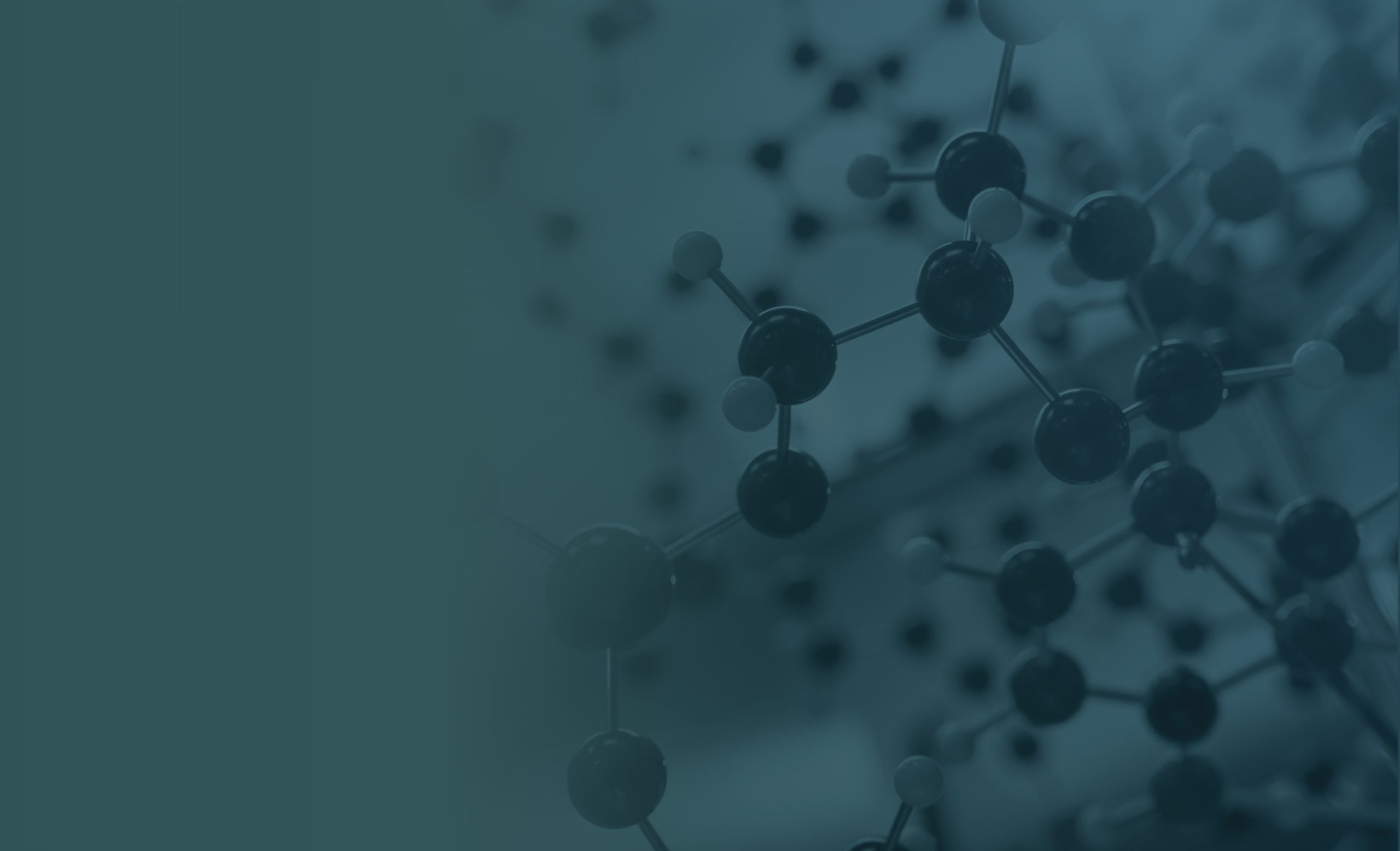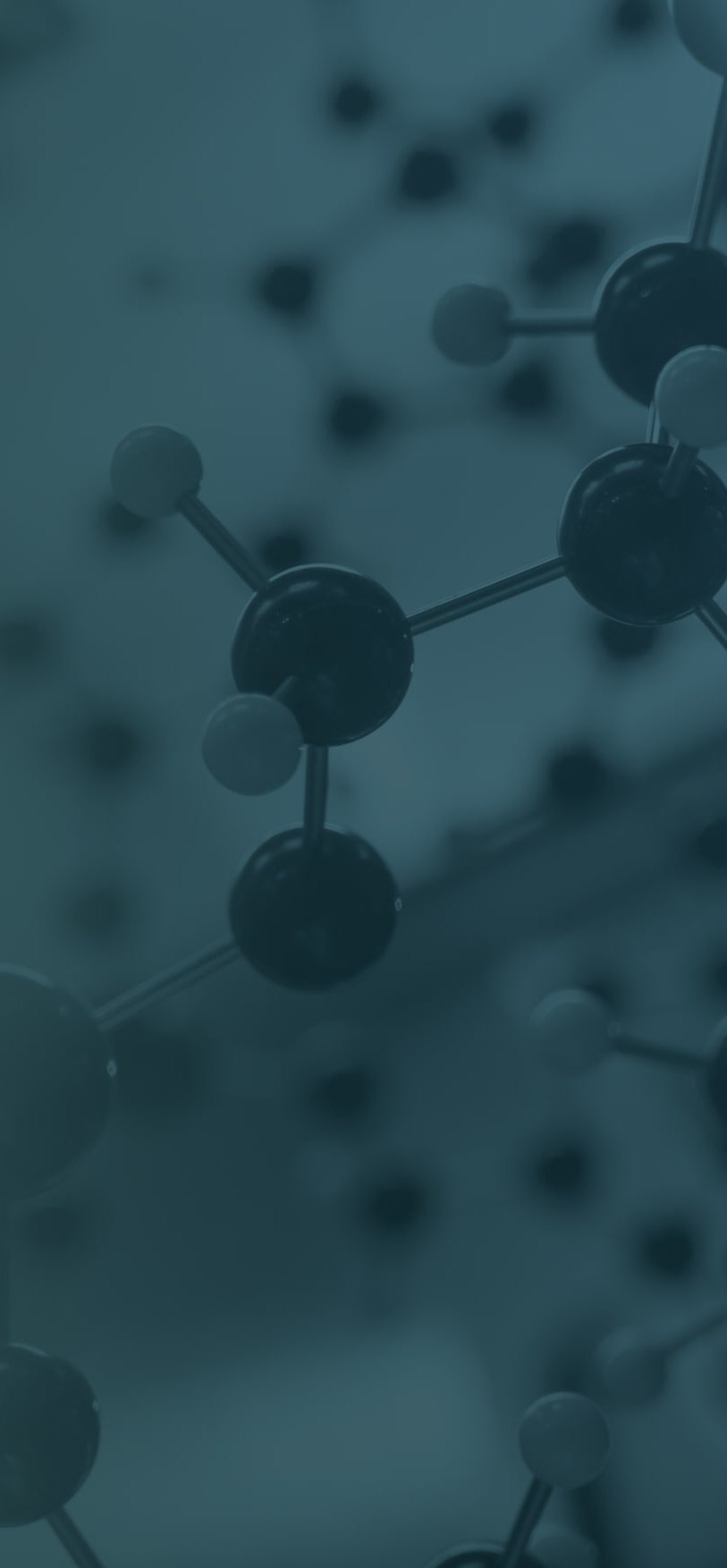

PIONEERING SMALL MOLECULE THERAPEUTICS
Alesta Therapeutics is a Netherlands and Boston-based biotechnology company
developing novel oral small molecule therapies for underserved rare diseases.
Our lead asset, ALE1, is being developed for hypophosphatasia (HPP), a rare
genetic disorder with significant unmet needs. We are also advancing ALE2, a
promising candidate to treat Charcot-Marie-Tooth (CMT) disease.
In January 2025 Alesta announced a €65 million Series A
financing supported by leading biotech and life science investors.
Press Release : Alesta Therapeutics Raises €65 Million Series A Financing to Advance Oral Small Molecules for Rare Diseases
January 8 2025
Oversubscribed Series A financing led by Frazier Life Sciences and Droia Ventures
Lead program, ALE1, being developed in hypophosphatasia with plans to enter clinical development in 2025
Led by industry veterans and experts in chemistry and rare diseases
LEIDEN, Netherlands, Jan. 8, 2025 /PRNewswire/ — Alesta Therapeutics, a biotechnology company focused on developing transformative small molecule therapies for rare diseases, today announced the closing of an oversubscribed €65 million Series A financing round. The round was co-led by Frazier Life Sciences and Droia Ventures, with participation from Novartis Venture Fund, RTW Investments, RV Invest, Thuja Capital and SSI Strategy.
Led by a team of seasoned industry veterans with a strong chemistry background and expertise in the rare disease drug development space, the company is developing two small molecule therapeutics designed for oral administration and expects to initiate clinical studies in 2025.
The company’s lead asset, ALE1, is a unique, orally active therapeutic candidate for hypophosphatasia (HPP), a rare genetic disorder caused by mutations in the ALPL gene. This condition leads to defective bone and tooth mineralization, resulting in fragile bones, early tooth loss and, in adult patients, clinically significant muscle weakness and fatigue. The US prevalence is estimated to be around 50,000 patients and approximately 75,000 in the EU (including UK).
ALE1 inhibits a novel target to reduce levels of inorganic pyrophosphate (PPi), a key metabolite central to the disease’s pathology. Preclinical data supports ALE1 as a clinical candidate, demonstrating desired reduction of PPi levels across multiple animal models following oral administration. ALE1 is currently progressing through GLP toxicology studies, and Alesta expects to initiate clinical studies in 2025. The company believes that ALE1 has the potential to address the entire spectrum of HPP and fundamentally transform patient care across this underserved disease. The asset was in-licensed from 1cBio, and the 1cBio team continues to support Alesta.
Alesta is also developing ALE2 to address tRNA mutations that cause specific forms of Charcot-Marie-Tooth (CMT), a group of inherited peripheral neuropathies that lead to progressive muscle weakness, sensory loss, and limb deformities. This condition affects more than 10,000 patients across the US, EU and Japan. ALE2 targets chronic neurotoxicity by inhibiting GCN2, a key regulator of the Integrated Stress Response (ISR) that becomes activated by ribosomal stalling caused by tRNA synthase mutations associated with CMT. Preclinical data supports ALE2 as a promising candidate to move forward into clinical development.
“Closing this financing marks an important moment for Alesta,” said Ilan Ganot, Chief Executive Officer of Alesta Therapeutics. “With the support of our investors, the expertise and commitment of our team and collaborations with leading academics and disease advocacy groups, we are poised to make significant strides in addressing the unmet needs of patients with rare diseases. This funding enables us to advance ALE1 toward clinical proof of concept and accelerate the development of ALE2, bringing us closer to delivering transformative therapies to those who need them most.”
Leadership
The Alesta team combines in-house chemistry and rare disease drug development expertise with insights from global academic and industry-leading experts, creating a strong foundation for groundbreaking innovation.
Alesta is led by:
- Ilan Ganot, Chief Executive Officer
- Matthias Van Woensel, Ph.D., Chief Scientific Officer
- Benit Maru, MBChB, Ph.D., Chief Medical Officer
In addition to the CEO, Alesta’s Board of Directors includes:
- Laura Brass, Ph.D., Novartis Venture Fund
- Luc Dochez, Droia Ventures
- Dan Estes, Ph.D., Frazier Life Sciences
- Janwillem Naesens, Droia Ventures
“We are proud to support Alesta Therapeutics in its mission to address critical unmet needs in rare diseases,” said Luc Dochez, Chairman of the Board. “The preclinical progress of ALE1 and ALE2 underscores the company’s potential to deliver much-needed treatment options, and we are excited to support the continued advancement of these programs in 2025 and beyond.”
About Alesta Therapeutics
Alesta Therapeutics is a Netherlands-based biotechnology company committed to developing novel oral small molecule therapies for underserved rare diseases. The company’s lead asset, ALE1, is being developed for hypophosphatasia (HPP), a rare genetic disorder with significant unmet needs. Alesta is also advancing ALE2, a promising candidate to treat Charcot-Marie-Tooth (CMT) disease. In January 2025 Alesta announced a €65 million Series A financing supported by leading biotech and life science investors. For more information, visit https://alestatherapeutics.com/.
MEDIA CONTACT
Sarah Ellinwood, PhD
Kendall Investor Relations
sellinwood@kendallir.com


Leadership
Ilan Ganot
CEO
Matthias Van Woensel, PhD
CSO
Benit Maru, MBChB, PhD
CMO
Madhav Gurijala
Head of Operations
Board of Directors
Janwillem Naesens
Droia Ventures
Luc Dochez
Droia Ventures, Chairman
Laura Brass, PhD
Novartis Venture Fund
Ilan Ganot
Alesta Therapeutics, CEO
Dan Estes, PhD
Frazier Life Sciences






